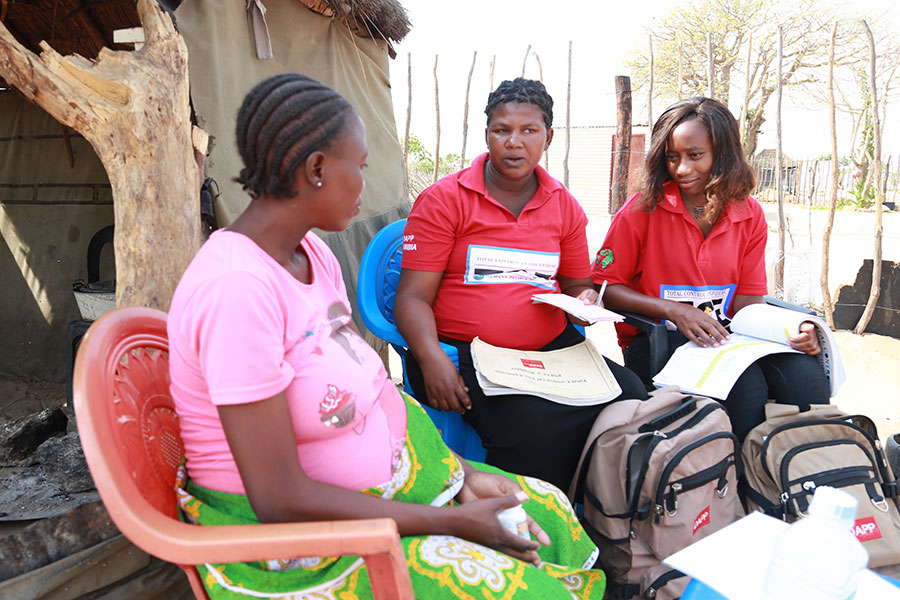The TCE (Total Control of the Epidemic) programme priorities among others are centred on HIV prevention and treatment interventions, particularly working with Prevention of Mother-to-Child Transmission (PMTCT) clients. However, HIV/AIDS care after birth, for both the mother and baby, remains a challenge. It is said that even thou adherence of an infant lies with the mothers in some cases mothers do not understand the effects associated with defaulting and health consequence their children might face.
Adherence to antiretroviral treatments is necessary to prevent drug resistance and mother to child transmission of HIV among HIV positive women. However, there is a gap in clients’ knowledge, attitudes and perceptions of antiretroviral therapy (ART) and Prevention of Mother-To-Child Transmission (PMTCT) which influences their decision to adhere to ART.
“During my door-door follow up with my PMTCT clients, I found a breastfeeding mother who was defaulting on her ARV medication. And she was also not taking her baby for follow-ups either, she ended up infecting the baby. The baby lost weight, at 9 months old the baby was looking like a four months old. I sat her down to explain to her the importance of taking medication on time as well as following the doctor’s instructions. After our discussion, she agreed to be more committed. On my last visit, I found that both the baby and the mother in a good health condition. She thanks the TCE Field Officer for providing her with good information. She says it is because of lack of proper information that she was defaulting from her medication and program” stated TCE Field Officer reporter Maria Amiti.
Understanding the benefits of the PMTCT program, easy access to the program, as well as the presence of social support from families are the important motivators for mothers to commit to PMTCT. Therefore it is in the best interest of the child, and mothers to do HIV pre-test and PMTCT adherence education and counselling. Adherence to antenatal and postnatal clinic follow-ups will improve adherence rates for a possible HIV-free generation.





